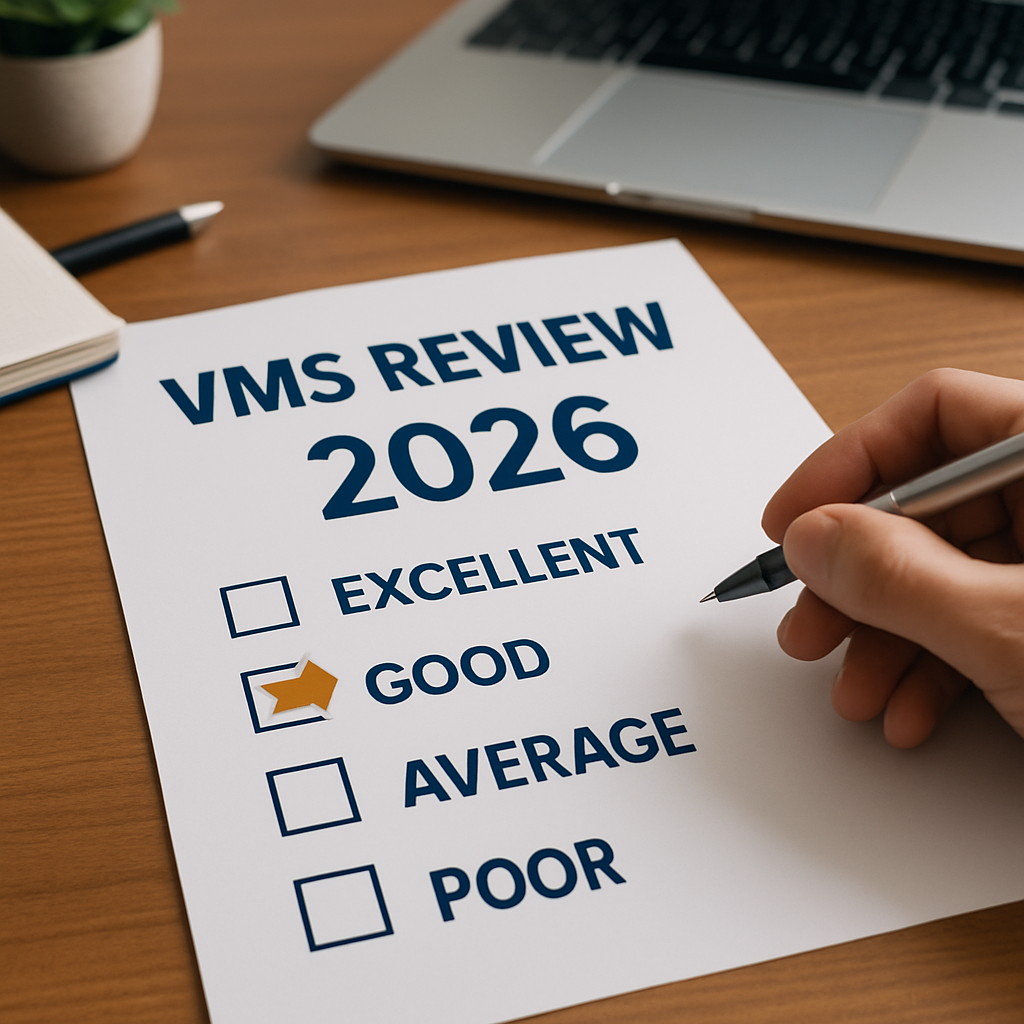Businesses are significantly increasing their engagement of contingent workers to augment their permanent employee talent, manage rising labor costs, and improve their agility in an ever-changing marketplace.
Yet managing a contingent workforce program can be time-consuming and complex. To do it successfully, organizations need contingent category expertise, specialized technology and repeatable processes that give them full visibility and control over their suppliers and contingent resources.
A layer of complexity is added to this when an organization’s contingent workforce is distributed around the globe.
A global contingent workforce requires the use of a large number of staffing agencies, strong alignment between hiring managers and the business and different currencies across invoices. When the right processes aren’t implemented and maintained, it can be easy for organizations to lose control and visibility of how well their program is performing and how much they are spending.
In this blog, we’re going to take a look at some of the top challenges associated with a global contingent workforce and how the implementation of a vendor management system can help resolve them.
The Challenges Associated with a Global Contingent Workforce
No central strategy
In the large majority of cases, organizations have no business-wide strategy for their contingent workforce. Instead, contingent workers are hired on an ad-hoc basis by hiring managers who may not document their hires.
With no strategy in place, businesses are left with a complete lack of visibility and control that leads to inconsistent hiring practices, rogue spend that impacts the company’s bottom line, wasted time as teams struggle to complete processes or find information and no insight into how contingent workforce suppliers are performing.
How a VMS helps: The implementation of a vendor management system allows businesses to store all contingent workforce information in one centralized location. By storing all information in one centralized platform, no matter the location of the contingent worker, businesses are able to gain insight into how much they are spending and how the contingent workforce program is helping to achieve the company’s workforce goals. This results in better fact based decision making.
Hiring managers don’t follow standardized processes
Global contingent workforce staffing programs typically struggle to ensure hiring managers are all on the same page. With so many different departments and hiring managers all working across different countries, it can be difficult to ensure they are following the standardized processes associated with engaging suppliers and contingent workers.
In many cases, hiring managers pay different rates and markups to staffing agencies, engage contingent workers on their own terms, and save this information across fragmented systems, spreadsheets and even emails. This leaves the business with no visibility into what is being paid or control over who is being hired. Rogue spend therefore runs rampant throughout the program.
How a VMS helps: Any successful contingent workforce program must have standardized and repeatable processes in place. A vendor management system helps to ensure that standard processes are performed by automating them, and that hiring managers are held accountable for how they engage, source and pay contingent workers.
No reporting capabilities
One of the single biggest issues associated with managing a global contingent workforce is the lack of reporting capabilities companies have when it comes to monitoring and tracking supplier performance.
In fact, most organizations are left with no idea how their contingent workforce is impacting their business, both in terms of spend and workforce quality, and the impact that their supplier relationships are having on this.
How a VMS helps: A vendor management system provides unique insights into the overall performance of your contingent workforce, such as spend. It also dives into supplier reporting, with insights such as time-to-fill, time-to-submit and turnover giving companies visibility into how much of an impact their suppliers are having in helping them to achieve their workforce targets. The more contingent workforce insights you have, the more improvements you can make to your global program in the future.
Workforce classification
Since employment regulations are different across countries, states and even cities, it takes a lot of work and maintenance to ensure a global contingent workforce doesn’t fall foul of classification rules. It’s critical that businesses not only understand regional regulations, but that they comply with them and implement procedures that ensure their knowledge is maintained.
How a VMS helps: Helping you to avoid the lengthy court processes and hefty fines that come with misclassification, VMS technology gives your organization the platform it needs to properly document its contingent workers - no matter where they are based in the world. This gives your business all of the tools it needs to ensure you are hiring contingent workers in line with the varying locations in which your business hires non-employee workers.
A lack of internal resources
Managing a contingent workforce is difficult. It’s time-consuming, involves complex processes and requires knowledge of the contingent category. This is complicated further when contingent workers and their suppliers are based across the world, which requires a huge amount of work to ensure all processes are performed properly.
Most businesses, especially those with a smaller volume of contingent spend, do not have the resources, time and expertise to manage an effective global contingent workforce program in-house.
How a VMS helps: A vendor management system can help address the burden associated with paperwork and complex processes. By automating processes such as sourcing, onboarding, time entry and approval and performance reporting, your business can save significant amounts of time to focus on core competencies.
Contact Us
Are you interested in learning more about how VMS technology can help your business manage a global contingent workforce? Book a demo of the Conexis VMS today. Our team of contingent workforce experts would love to answer any questions that you may have.

